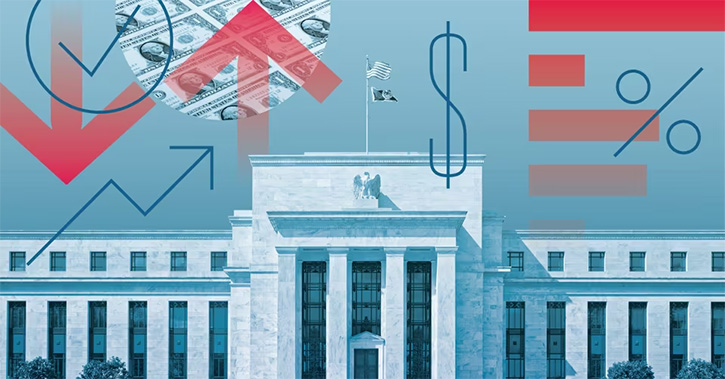This article is part of Morningstar's "Perspectives" series, written by third-party contributors.

U.S. tariffs on Chinese goods kicked in today, ushering in the next stage in these ongoing trade tensions. With the potential for disputes to escalation and for rhetoric to remain noisy, the real potential concern for investors is likely to be the outlook of corporate investment and consumption around world.
This administration’s tough stance on trade is not new. One of the first executive orders signed by President Trump, on day three of his presidency, was the withdrawal from the Trans-Pacific Partnership (TPP). In June, a 25% tariff was imposed on the imports of steel, and 10% on aluminium, from Canada, the European Union and Mexico. The legal basis for imposing such tariffs infuriated these longstanding allies.
Section 232 of the Trade Expansion Act of 1962 permits the president the impose tariffs on the ground of national security. Canada and the EU are responding with retaliatory measures, focusing on American exports sourced from the president’s voter bases. President Trump is now considering employing the same rationale to slap a 20% import tax on cars from the EU.
Alongside the ongoing global trade saga, markets are increasingly wary of how an escalation of tit-for-tat protectionist measures could hurt consumers in the U.S. and corporate investment. There are lessons learnt from the past. Following the enactment of 1930 Smoot-Hawley Tariff Act, U.S. saw its imports and exports collapse by more than 60% between 1929 and 1933. This arguably made the Great Depression worse, and had considerable geopolitical consequences in the following decade.
It is hard to imagine world trade would go back to such an extreme scenario. Global supply chains are now highly specialised and delicate. Disruption in one part of the production could imply a breakdown in the whole process.
A car without seatbelts won’t be allowed on the road. No mobile phone would work without its battery charging port. This potential damage would argue for a more restrained approach on protectionism, but there are still potential flash points. For example, the president-elect of Mexico, Andres Manuel Lopez Obrador is also expect to play tough when re-negotiating the North America Free Trade Agreement, raising the risk of delays and uncertainty.
Consumers could also lose out in paying higher prices. Commerce Secretary Wilbur Ross once famously held up a can of soup on TV, arguing that the steel tariff would only add ‘sixth-tenths of one cent’ to its costs. However, the burden on U.S. consumers could be significantly higher if taxes are imposed on cars, or other daily necessities imported from China. This could translate into weaker growth and higher inflation, or central bankers’ nightmare, stagflation.
Considering the negative impact, we still see these threats as tactics to pressure all parties to negotiation, especially ahead of the U.S. Congressional mid-term elections in early November. The size of trade under direct threat is also modest for now. However, market reaction is often shaped by optics and sentiment.
Ongoing tension is already pushing investors to adopt a more cautious position, as shown by falling bond yields and weak stock performance in recent weeks. This reinforces our long-held view of maintaining a diversified portfolio, mixing equities with fixed income, to manage volatilities and risks.
Where are the Investment Opportunities?
In equities, we see opportunities in sectors that are less exposed to global trade, and benefiting from rising demand from local consumers. The recent corrections have also made valuations more attractive, while the earnings outlook has remained stable. This bodes well for equities in China and Asian markets with a large consumer base, such as Southeast Asia and India.
Morningstar Disclaimer
The views contained herein are those of the author(s) and not necessarily those of Morningstar. If you are interested in Morningstar featuring your content on our website, please email submissions to UKEditorial@morningstar.com.


























